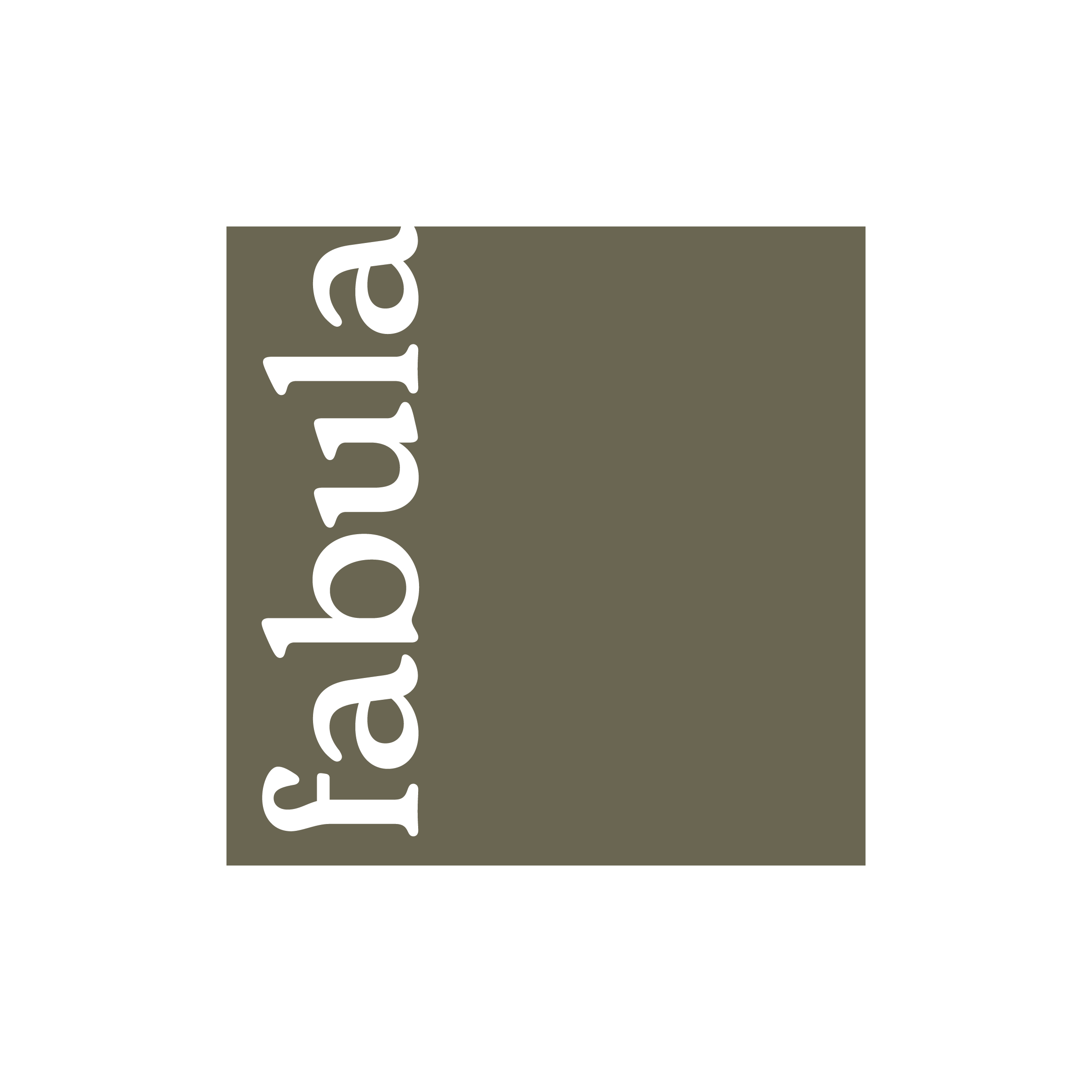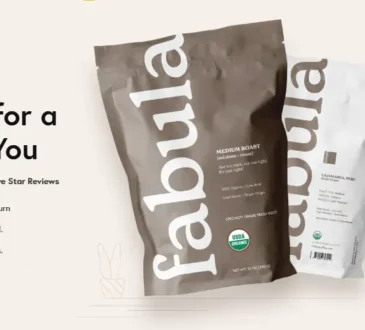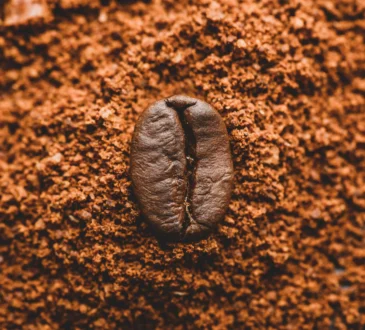
Coffee remains a beloved daily ritual for millions of people worldwide, offering comfort and energy in every sip. Few, however, consider the potential hidden contaminants lurking within their favorite brews. Mold Free Coffee is a concept drawing increasing attention among consumers who want to maximize health benefits and avoid potential hazards associated with tainted beans.
This article examines why mold can pose challenges for coffee drinkers, explores the significance of toxin-free beans, and highlights how one brand—Falula Coffee—strives to meet the highest standards. By delving into the details of mold prevention and safe handling practices, readers will gain a thorough understanding of why opting for mold-free varieties can be a game-changer in their coffee experience.
Also Read: 7 Incredible Vitamin D3 K2 Benefits – Why Micro Ingredients Vitamin D3 K2 Is the Best
Introduction
Coffee’s global popularity is undeniable; from early-morning caffeine boosts to leisurely weekend chats at cozy cafés, the beverage bridges cultural gaps and daily routines alike. Yet, an underappreciated factor could be affecting coffee’s safety and quality: mold contamination. For those unfamiliar with the phenomenon, mold in coffee beans isn’t always visible, but its presence can bring about significant health concerns if left unchecked. Given that many people enjoy multiple cups of coffee daily, ensuring that each cup is free of harmful fungi and mycotoxins becomes vital.
Mold Free Coffee has emerged as a prominent trend that addresses these potential risks directly. By prioritizing clean, low-moisture beans and rigorously testing them for mold spores, coffee brands are gaining traction as dependable, health-oriented providers. In the sections below, this article delves into what mold in coffee looks like, how it may affect well-being, and what steps roasters and importers can take to uphold coffee quality standards.
Understanding Mold in Coffee
A. What Is Mold and Why Should Coffee Drinkers Care?
Like many agricultural products, coffee can fall victim to fungal growth when exposed to certain conditions. Mold thrives in damp, dark environments—settings that can easily occur during storage, shipping, or in regions with high humidity. Coffee bean contamination may not be widespread in every batch, but even small amounts of mold can lead to the production of toxins known as mycotoxins in coffee. These compounds are largely invisible and tasteless, meaning consumers may not initially notice when they are ingesting something potentially harmful.
B. Mycotoxins in Coffee
The phrase mycotoxins in coffee often scares individuals who first hear it, yet it’s crucial to understand the origin of these toxins. Mycotoxins, by-products of fungal growth like Aspergillus or Penicillium species, can develop at various points in the coffee-production journey. Throughout coffee processing methods—from harvesting to roasting—moisture, warmth, and time can create an ideal breeding ground for mold. To combat this, many clean coffee brands enforce stringent guidelines for drying beans, analyzing them for mold, and storing them in controlled settings to prevent further fungal development.
Also Read: What Are the 7 Superfoods? Mind-Blowing Benefits Revealed
Potential Health Impacts of Moldy Coffee
A. Toxin Exposure Risks
Every person’s system responds uniquely to potential contaminants. Someone having coffee tainted with mold or mycotoxins might experience digestive distress, headaches, or fatigue. Over time, repeated coffee bean contamination episodes may add up, compounding detrimental effects for susceptible individuals. Admittedly, the degree of harm remains dependent on one’s overall health, immune system, and sensitivity. However, in an era when many people prioritize clean eating and living, regularly consuming mold-laced coffee can be jarring to those trying to stay healthy.
B. Importance of Toxin-Free Coffee
Opting for toxin-free coffee can make a tangible difference in an individual’s daily comfort and wellness. People describe improvements in stomach comfort and energy levels when they choose carefully tested beans. In many cases, mold is an invisible threat—no unpleasant odor or distinct taste will always reveal its presence, making thorough testing and reputable sourcing all the more essential. Eliminating the guesswork, dedicated roasters and importers have begun labeling or certifying their beans as “mold-free” or “mycotoxin-tested,” helping consumers identify safe choices quickly.
Why Mold Free Coffee Matters
A. Enhanced Taste and Aroma
Mold’s presence can disrupt the complex flavor profile that coffee lovers actively seek. Those who favor single-origin brews or naturally processed beans might notice a deterioration in taste when mold or mycotoxins interfere with the bean’s delicate chemical composition. By contrast, Mold Free Coffee is often lauded for its superior taste and aroma. Roasters focusing on mold-free beans ensure that the subtleties of origin—including soil type, altitude, and climate—shine through without compromise.
B. Supporting Overall Wellness
For those mindful of their general well-being, the rationale for choosing mold-free varieties aligns well with other healthy lifestyle choices. Coffee is not just a short-term pick-me-up; it can also provide beneficial antioxidants. Fortunately, these antioxidants remain more potent when contamination is minimized. Furthermore, many consumers who follow special dietary protocols, such as low-toxin diets or elimination regimens, often single out coffee as a potential challenge—thus, a labeled mold-free option can bring immeasurable peace of mind.
C. Connection to Organic Coffee Sources
Often, mold-free options overlap with coffee beans marketed as organic or ethically sourced. Organic coffee sources can reduce exposure to harmful pesticides, and they commonly enlist farms that pay attention to drying methods and mold prevention tips. While being organic alone doesn’t guarantee that coffee is mold-free, it does point to a stricter overall approach to production quality—something especially useful for health-conscious coffee drinkers.
Get 50% Off and Free Shipping! Only for the First-Time Customers
Spotlight on Falula Coffee
One standout name in the shift toward Mold Free Coffee products is Falula Coffee, a brand available at https://fabulacoffee.com/. Falula Coffee’s mission revolves around the principle that coffee should be both flavorful and free of potential contaminants. Here are three distinctive ways the company pursues excellence:
- Brand Overview:
Falula Coffee originated from a passion for better living and a desire to elevate the coffee-drinking experience. Understanding that consumers are increasingly aware of potential health impacts, the company set out to develop and maintain exceptionally rigorous protocols. - Quality Control and Testing:
To produce clean coffee, Falula Coffee prioritizes consistent testing of its beans throughout the production cycle. By gathering beans from reputable farms that emphasize low-moisture beans and appropriate harvesting conditions, Falula Coffee aims to preempt possible mold formation. Industry experts often advise thorough drying, stable climate control, and frequent inspections as part of coffee quality standards—all of which Falula Coffee implements faithfully. - Taste, Sustainability, and Transparency:
Beyond mere compliance with guidelines, sustainability is at the heart of Falula Coffee’s process. They strives to utilize environmental resources responsibly and employ transparent sourcing methods. This level of honesty fosters trust, especially for those determined to enjoy their beans free from health risks. Whether it’s guidance on mold prevention tips or insight into the brand’s coffee processing methods, Falula Coffee’s commitment to openness frequently resonates with loyal customers.
Steps to Find and Choose Mold-Free Coffee
Selecting Mold Free Coffee can feel daunting given the countless choices available. Nonetheless, there are practical measures coffee lovers can take to ensure they consistently purchase high-quality beans.
A. Check Brand Credentials
First and foremost, it helps to do some background exploration of any brand under consideration. Do they perform third-party testing for mycotoxins in coffee? Are they transparent about harvest conditions and the time it takes beans to go from farm to roasting facility? A brand’s commitment to thorough testing often reflects in consistent results and satisfied clientele. Clean coffee brands aren’t vague about their processes; they proudly share precise detail to prove their adherence to high standards.
B. Pay Attention to Growing Regions and Processing Styles
Different coffee processing methods can greatly affect the potential for mold growth. For instance, wet-processed coffee might carry a slightly higher risk if the beans aren’t dried adequately, while dry-processed coffee needs exceptional care to avoid prolonged moisture contact. Also, coffee grown in lower humidity environments—like certain high-altitude regions—may be less susceptible to mold. Nonetheless, altitude alone does not automatically guarantee contamination-free coffee, so verifying the roaster’s own testing methods remains vital.
C. At-Home Storage Best Practices
After purchasing Mold Free Coffee, it’s paramount to keep it that way. Safe coffee storage involves using airtight containers, shielding beans or grounds from humid environments, and maintaining cool—but not cold—conditions. Simple measures such as sealing bags or jars immediately after each use can reduce the chance of moisture intrusion. It’s also beneficial to buy coffee in smaller batches, ensuring freshness and minimizing stale or mold-prone beans. Many coffee drinkers find that investing in a trustworthy storage solution means they can preserve that fresh aroma and flavor for longer stretches, protecting their caffeine fix from potential mold infiltration.
Also Read: How to Select the Best NMN Supplement for Your Needs 2025
Conclusion
Coffee is more than just a widely consumed beverage—it’s a daily companion for rituals, social gatherings, and creative bursts. Unfortunately, mold contamination sometimes hides behind its comforting aroma and rich flavor. Thankfully, a largely invisible threat need not intimidate those who stay informed and make mindful decisions. By understanding how coffee bean contamination occurs, why mycotoxins in coffee pose health challenges, and how to identify mold prevention tips, enthusiasts can preserve a clean, delicious experience every time they brew.
Mold Free Coffee stands tall as a testament to the fact that health and taste need not be in conflict. Quality-conscious brands like Falula Coffee already pave the way, demonstrating robust approaches to coffee processing methods while strictly adhering to coffee quality standards. From utilizing organic coffee sources to emphasizing low-moisture beans, these specialized roasters guarantee that each bean not only tastes fantastic but avoids the lurking hazards linked to mold. As more consumers show interest in toxin-free coffee, the industry is responding with heightened transparency and better safety measures, giving coffee lovers ample reasons to celebrate.
For those looking to bolster their wellness journey, mold-free varieties represent a simple but significant change—one that demands minimal extra effort but yields maximum peace of mind. By seeking out scrupulous brands, ensuring safe coffee storage, and practicing conscientious brewing methods, coffee lovers can relish every sip with confidence. From supporting overall well-being to delighting in a bright, robust flavor, Mold Free Coffee is transforming the daily ritual into something truly satisfying in every sense.
Affiliate Disclosure: This article may contain affiliate links, which means the author could receive a commission at no extra cost to the reader if you click through and make a purchase. Balancing transparency while offering valuable recommendations is key to ethical affiliate marketing. Error or missing information? Please let us know










